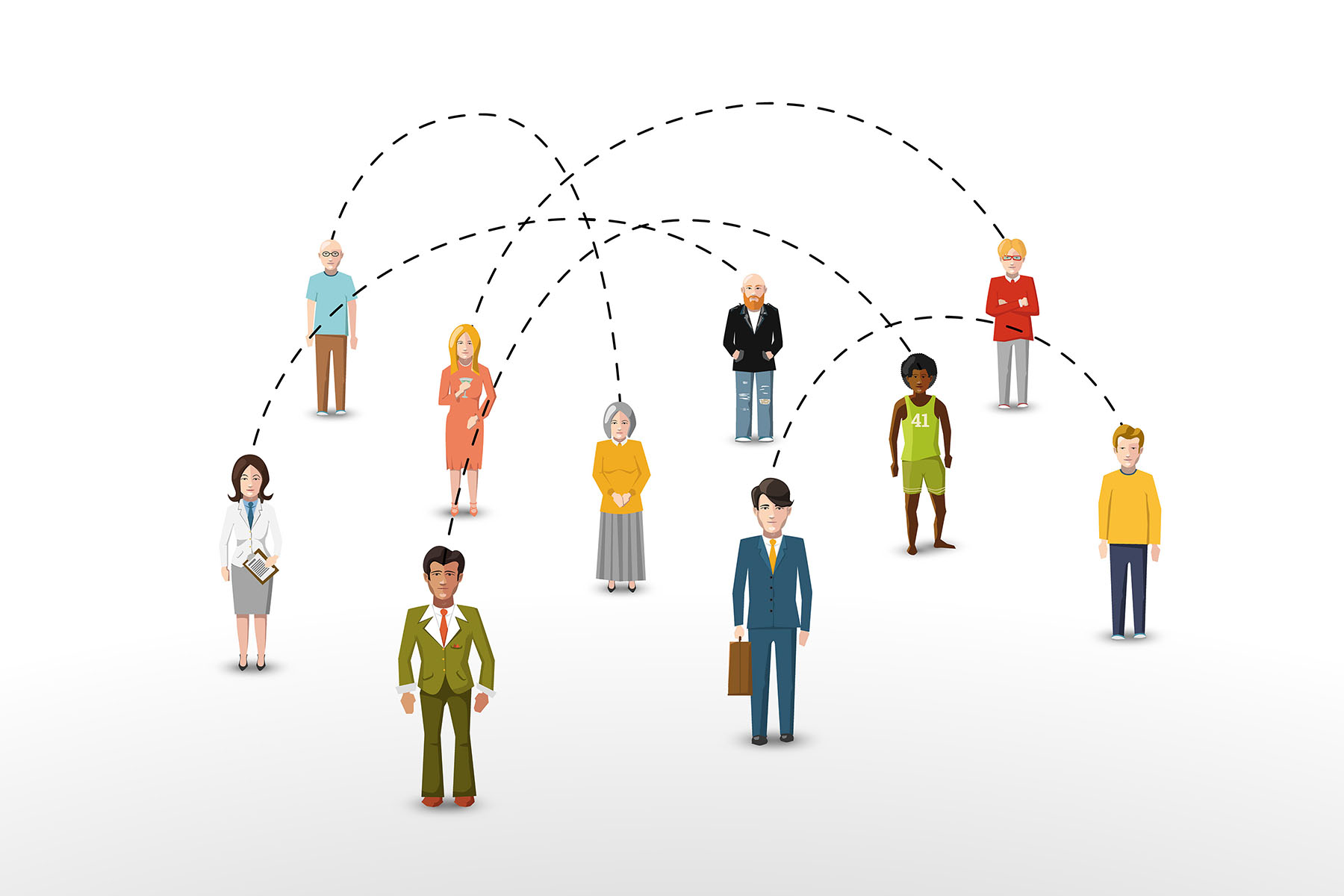When Marc’s doctors discovered he had a rare liver condition, it almost felt like a relief. At least his enemy now had a name. But treatment didn’t seem to be working out as expected. So, after coming across an online article about his liver disease, he asked his hepatologist to check his genome for markers of an ultra-rare subcategory of his disease. Sure enough: Marc is one of the very few cases for which the drug treatment is different. His exact disease isn’t just rare, it’s extremely rare.
Many of biopharma’s most exciting innovations come from the field of rare and ultra-rare diseases like Marc’s. With the development of new technology platforms at breakneck speed, companies are positioning themselves to one day deliver game-changing solutions to patients in their niche—solutions they may have been waiting for all their life. Combined with the incentives provided by the Orphan Drug Act, a powerful dynamic is at play, ever further pushing the limits of what medical science can achieve.
Accelerating the Path to Diagnosis and Treatment
However, this bustling space also faces some unique challenges. Many drugs’ method of action is now so precise they treat a certain subgroup of allele-carriers within a disease that was already rare to begin with. Finding such a tiny fraction of the population is extremely hard, not just because the right people are rare and dispersed but also because many of them aren’t properly diagnosed in the first place. Without a diagnosis, there’s nobody to search for. “If you hear hoof beats, think horses, not zebras.” That’s what doctors are taught, so we can’t be surprised that many patients with a “zebra” condition get the “horse” treatment.
Those in the biopharma industry can play a pivotal role in shortening the journey to diagnosis if they learn from patients what critical pieces had to fall into place before they were diagnosed. Was it a referral to a specialist? At what point in the patient journey are you most likely to discover the answers you were looking for? What were your misdiagnoses? How were you able to narrow down the diagnosis to your specific expression of the disease? These kinds of questions are best answered with the help of people who have already traced those steps. A company interested in Marc’s disease should talk to Marc.
Piecing the Fragments Together
Even when people and their healthcare team are aware of the rare disease they’re dealing with, there’s a good chance they’re not aware of all the ways biopharma can assist them on that journey. There are so many heartbreaking stories of patients who lived many years in pain and despair for no other reason than they and their HCPs had no idea their condition could now be treated.
At the end of the day, the single most important factor for rare disease patients to get access to such critical information is their connection to their rare disease community. It’s in these communities where patients find the expertise and support they need to effectively take charge of their condition. It’s also in these communities where biopharma finds the best opportunities to connect with their stakeholders.
How likely is it for a biopharma company to come across Marc at a conference or a support walk? The way medical progress is going in classifying diagnoses ever more precisely, it gets harder and harder to find the right people for meaningful engagement. Companies need to become more innovative in their approach to establish a connection. The more fragmented the patient population is, the less likely it is to find a major advocacy organization or any physical grassroots movement to connect with.
Today, any successful foray into the ultra-rare space is going to be fueled by the internet. For example, a very typical first step many rare disease communities take is to launch a disease-specific Facebook page. It’s therefore no surprise that platforms that specialize in creating opportunities for pharma to connect with patients take an online-first approach, building on dynamic content creation for the web, social media, podcasts, and email. Because if nothing else, we can count on Marc having at least made an online search on his exact condition.
Understanding Rare Disease Communities
Rare disease communities encompass advocacy organizations as well as social media groups, online patient platforms such as Patient Worthy, or informal networks between patients, doctors, families, employers, and other stakeholders. They unite those affected directly or indirectly with those who understand and who try to make a difference. Consider what Marc had to go through on his journey: First, a host of questions seemingly without answers. Then working with a series of specialists and treatment centers. Then struggling to access treatments and managing his day-to-day care… It’s hard to imagine anyone could receive optimal care without the support of a community.
On top of that, many rare diseases come with socioeconomic and psychosocial challenges. Some people in Marc’s situation have dropped out of the workforce or the education system. Some are relying on family members to carry the burden of new roles and responsibilities. The challenges of transitioning from adolescence to adulthood often become more pronounced in people with a rare condition. A rare disease shapes who you are and how you think about yourself, and you’ll gravitate naturally to other people just like you. It’s a given: Patients and caregivers are going to self-coalesce.
The Key to Meaningful Engagement
It’s evident that patient communities hold the keys to solving some of biopharma’s biggest challenges in rare diseases. If finding the needle in a haystack is hard, rare disease communities are “needlestacks,” so to speak, where the hay has already been weeded out. However, engaging the community involves a high level of complexity. You don’t want to barge in with requests that only serve industry’s interests. In most cases you only get one shot, so context and thoughtful communication with patients are critical. It’s about providing real value and working on the community’s terms.
Patients value content that serves them—content that’s informative and motivating. They can typically find that within online patient communities where they share personal experiences, advice, and information others might find useful, as well as encouragement and a general sense of being understood. Industry’s real edge is science-backed, trustworthy content, vetted by the appropriate regulatory bodies. “Good content” in that sense does not automatically mean “great content” in the sense of being readily understood or motivating. A thoughtful approach that involves cocreation alongside patients can subsequently take content from good to great.
Marc counts himself lucky: His involvement with the online patient community helped him stop running around in circles and get on a path to treatment progress. It connected him with companies making breakthrough discoveries to help people like him. The zebra now proudly wears his stripes.










